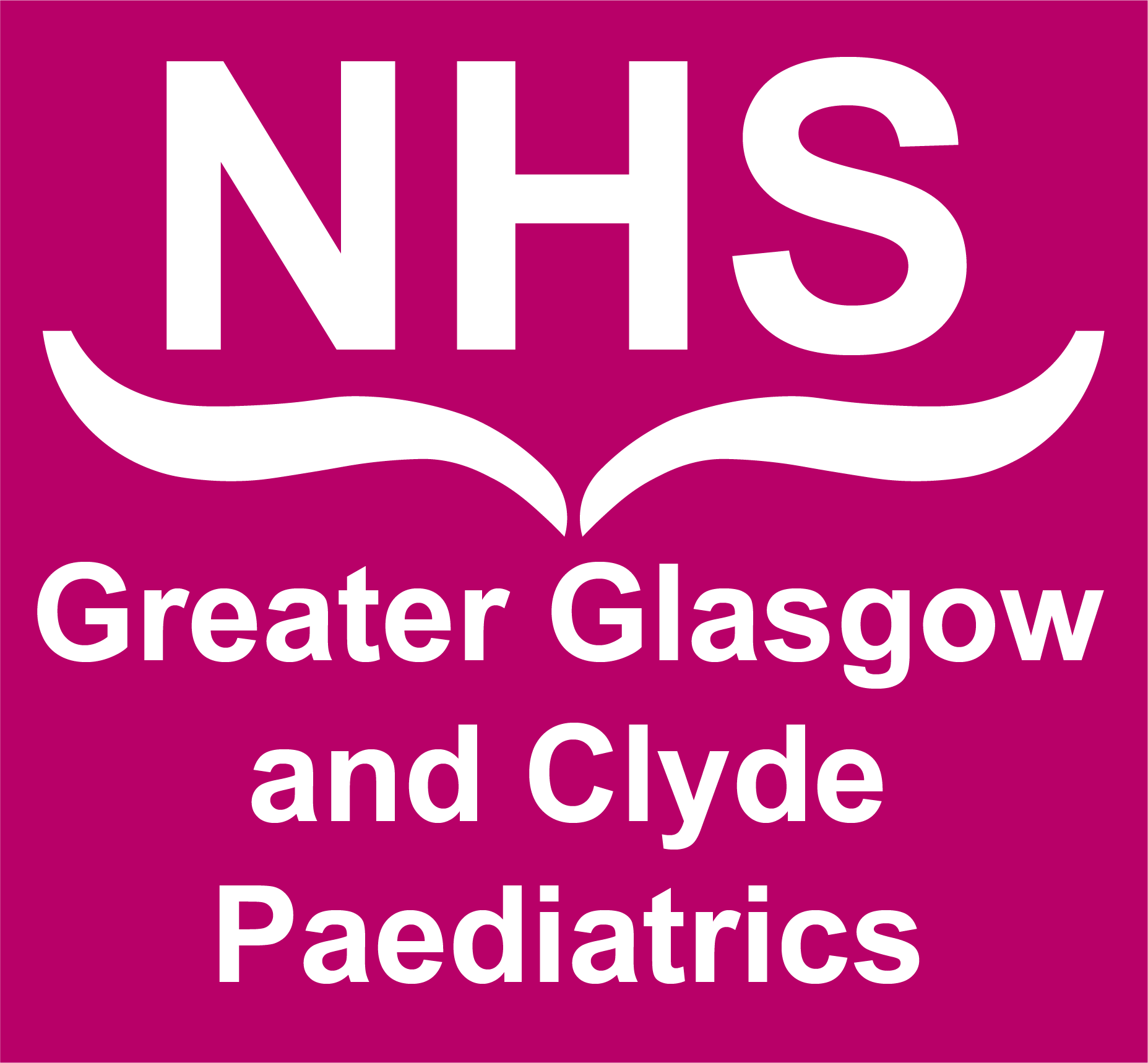Acute glomerulonephritis (AGN) is a syndrome consisting of frank haematuria, proteinuria, oliguria, volume overload and usually a mild increase in plasma creatinine. The differential diagnosis of AGN shown in box 1. Although nephritic and nephrotic syndromes are often discussed as separate entities they can exist together. Any proteinuria which is in nephrotic range (Protein:creatinine ratio >200mg/mmol) may cause a nephrotic syndrome.
Box 1
Common causes
- Post infectious GN
- Henoch-Schonlein purpura (HSP)
- IgA nephropathy
Less common causes
- Systemic lupus erythematosus (SLE)
- Membranoproliferative glomerulonephritis (MPGN)
- Focal segmental glomerulosclerosis (FSGS)*
Rare causes
- Anti-glomerular basement membrane (anti-GBM) nephropathy
- Anti-neutrophil cytoplasmic antibody (ANCA) associated vasculitidies (granulomatosis with polyangitis (GPA), microscopic polyangitis, Churg-Strauss syndrome)
- Shunt nephritis
- Alport syndrome
* most commonly presents as a nephrotic syndrome – see section 8.
2.1 Initial Investigations of AGN
A detailed history and examination is, as always, important. Areas for particular emphasis are shown in box 2.
Box 2
- Preceding pharyngitis or pyoderma
- Careful assessment of fluid status including changes in weight or subjective changes in urine output
- Mouth ulcers, hair loss, rashes, eye, joint, sinus or respiratory involvement
- Previous episodes of macroscopic haematuria
- Family history of renal disease or deafness
- Neurological examination particularly if hypertension present
- NSAID use
Blood: FBC, U&E, LFTs, Calcium and phosphate, Immunoglobulins, ASO titre/antiDNAse B titres, Complement (abnormalities shown in box 3), ANA, ANCA, Anti GBM
Urine: Urine protein creatinine ratio (PCR), Culture
Imaging: Renal USS
Box 3
Complement abnormalities in glomerulonephritis*
Normal C3 & C4
- IgA
- FSGS
- HSP
- GPA
- Post infectious GN (less commonly)
Decreased C3 &Normal C4**
- Post infectious GN (more commonly)
- MPGN
Decreased C3 & C4
* Some conditions may give more than one complement pattern
** If C3 low and post infectious GN suspected, complement must be checked again in 6-8 weeks. If still low – may not be post infectious.
2.2 Management of AGN
The initial management of AGN is largely supportive with focus on fluid and salt restriction and management of hypertension. The definitive management is guided by the underlying diagnosis and will be discussed in each section below. Suggested monitoring of inpatients is shown in box 4 below.
Box 4
- Daily weights
- Accurate fluid balance
- 4 hourly blood pressure
- Daily urine protein:creatinine & urinalysis
The aim of fluid management in GN is to match input with output – ie input should be approximately equal to urine output plus insensible losses (400ml/m2/24 hours). This will involve regular assessment of the fluid balance chart to ensure urine output is not decreasing.
Hypertension is usually due to fluid overload and often responds to diuretics; however, a calcium channel blocker may also be useful, particularly if the patient is ready for discharge home and still hypertensive. Suggested starting doses are indicated below:
- Furosemide 0.5mg/kg/dose once daily. It can be titrated to 1mg/kg/dose twice daily.
- Amlodipine 0.1mg/kg/dose once daily. It can be incremented up to 0.4mg/kg/dose at 48 hour intervals if no effect.
- Nifedipine 250-500 micrograms/kg (max 20mg) 8 hourly. It has a much shorter half-life than Amlodipine so can be titrated to effect more quickly. It is only suitable in older children who can take tablets.
2.3. Indications for referral
Any patients with complications in the acute phase of the illness such as those listed in box 5 should be urgently discussed with the renal team. Other indications for referral are discussed as ‘non-urgent discussion’ and ‘letter/email referral’ and are listed in boxes 6 and 72.
Box 5 – Indications for immediate discussion
- Rapidly rising creatinine
- Hyperkalaemia
- Uncontrolled hypertension
- Positive ANA or ANCA
- Concerns re oligo/anuria
Box 6 – Indications for non-urgent discussion
- Nephritic/nephrotic syndrome
- Impaired creatinine at 2 weeks
- Persistent macroscopic haematuria
- Atypical features
Box 7 – Letter/email referral
- Family history of glomerular disease
- Recurrent nephritis
- Isolated microscopic haematuria for > 2 years
- PCR > 50mg/mmol for > 6 months
- Low C3 for > 2 months

